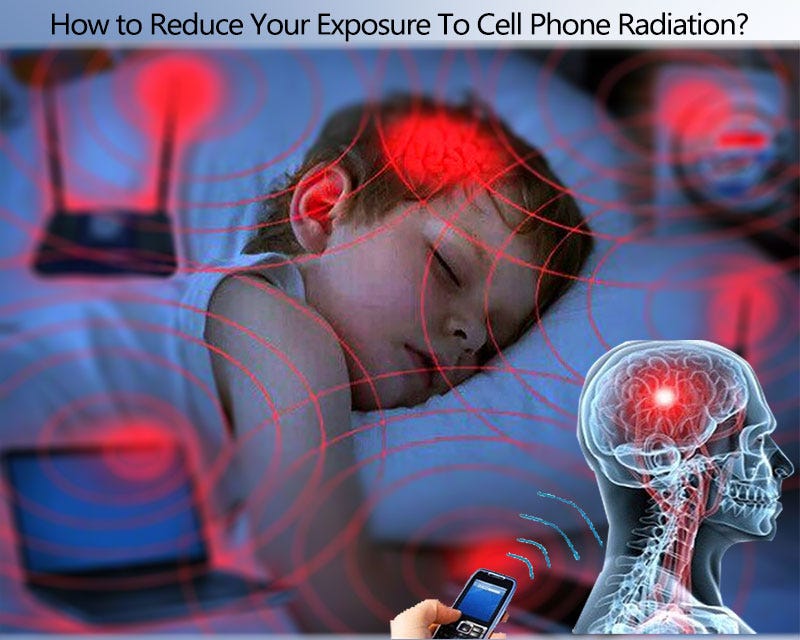In an era where technology and medical advancements rely heavily on the use of radiations, it is crucial to prioritize our safety and well-being. This article aims to provide a comprehensive guide on how to prevent radiations.
This guide will cover topics such as understanding different types of radiations Lead glass supplier, minimizing exposure to electromagnetic fields, protecting oneself from harmful UV radiations, and implementing safety measures during medical imaging and radiation therapy.
Additionally, valuable tips for reducing radiation exposure from electronic devices will be shared.
Stay informed, stay protected.

Understanding the Different Types of Radiations
Different types of radiations, such as alpha, beta, and gamma, can be differentiated based on their differing properties and behaviors.
Alpha radiation consists of high-energy helium nuclei and is the least penetrating type of radiation. It can be stopped by a sheet of paper or even the outer layer of skin.
Beta radiation, on the other hand, is made up of high-speed electrons or positrons and can penetrate further than alpha radiation. It can be stopped by a thin sheet of aluminum.
Gamma radiation is the most penetrating type and consists of high-energy photons. It requires several inches of lead or concrete to effectively shield against it.
Understanding the different types of radiations is crucial in assessing the potential radiation effects and determining suitable protective measures.
These radiations can originate from various radiation sources, including nuclear power plants, X-ray machines, and radioactive materials.
Minimizing Exposure to Electromagnetic Fields
To reduce the potential risks associated with electromagnetic fields, it is crucial to implement effective strategies for minimizing exposure.
One of the key techniques for minimizing exposure to electromagnetic fields is the use of radiation shielding. This involves the use of materials that can block or absorb the radiation, such as lead or concrete. By creating barriers between the source of the radiation and individuals, radiation shielding can significantly reduce their exposure.
Another important aspect to consider is grounding and earthing. Grounding refers to the process of connecting electrical equipment and systems to the Earth’s surface, which helps to divert excess electrical energy and prevent the buildup of electromagnetic fields. Similarly, earthing involves connecting electrical systems to the Earth to ensure the safe dissipation of electrical charges. Proper grounding and earthing techniques are essential for minimizing the potential risks associated with electromagnetic fields.
Protecting Yourself From Sun’s Harmful UV Radiations
Protecting oneself from the harmful effects of the sun’s UV rays requires the implementation of effective strategies and practices.
Sunscreen application and shade seeking are two crucial methods to safeguard against the damaging effects of UV radiation. When it comes to sunscreen, it is important to choose a broad-spectrum product with a high SPF value and apply it generously to all exposed areas of the skin. Reapplying sunscreen every two hours, or more frequently if sweating or swimming, is essential to maintain its effectiveness.
Seeking shade during peak sun hours, typically between 10 am and 4 pm, can significantly reduce UV exposure. Additionally, wearing protective clothing, such as long-sleeved shirts, wide-brimmed hats, and sunglasses, further enhances sun protection.

Safety Measures During Medical Imaging and Radiation Therapy
The safety measures implemented during medical imaging and radiation therapy are crucial to ensure the well-being and protection of patients. In these settings, strict protocols are followed to minimize the risks associated with exposure to ionizing radiation. The use of lead aprons, thyroid collars, and protective eyewear helps shield patients from unnecessary radiation exposure.
Additionally, healthcare professionals adhere to ALARA (As Low As Reasonably Achievable) principles, which emphasize minimizing radiation doses while still obtaining accurate imaging results. Regular equipment maintenance and quality control checks are also conducted to ensure accurate dosing and minimize the chances of errors.
Furthermore, the proper disposal of radioactive waste is essential to prevent environmental contamination. These safety precautions are vital not only in medical imaging and radiation therapy but also in managing radiation hazards in industrial settings, such as nuclear power plants.
Tips for Reducing Radiation Exposure From Electronic Devices
When it comes to reducing radiation exposure from electronic devices, it is important to be mindful of the distance between the device and your body. Radiation shielding can be used to minimize the radiation emitted from these devices.
The effects of radiation on human health are well-documented and can range from minor skin irritation to more serious conditions like cancer. To prevent these health risks, it is crucial to take certain precautions.
Firstly, try to maintain a safe distance from the device by using hands-free options or speakerphone.
Secondly, limit the duration of exposure by taking breaks and avoiding unnecessary use of electronic devices.
Lastly, consider using radiation shielding accessories like cases or covers that are specifically designed to reduce radiation exposure.
Conclusion
In conclusion, it is crucial to understand the different types of radiations and take necessary measures to prevent exposure.
Minimizing exposure to electromagnetic fields, protecting oneself from the sun’s harmful UV radiations, and following safety measures during medical imaging and radiation therapy are essential steps in reducing radiation exposure.
Additionally, adopting tips for reducing radiation exposure from electronic devices can further contribute to overall prevention.
By being knowledgeable, precise, and thorough in implementing preventive measures, individuals can safeguard themselves against the potential harmful effects of radiation.
